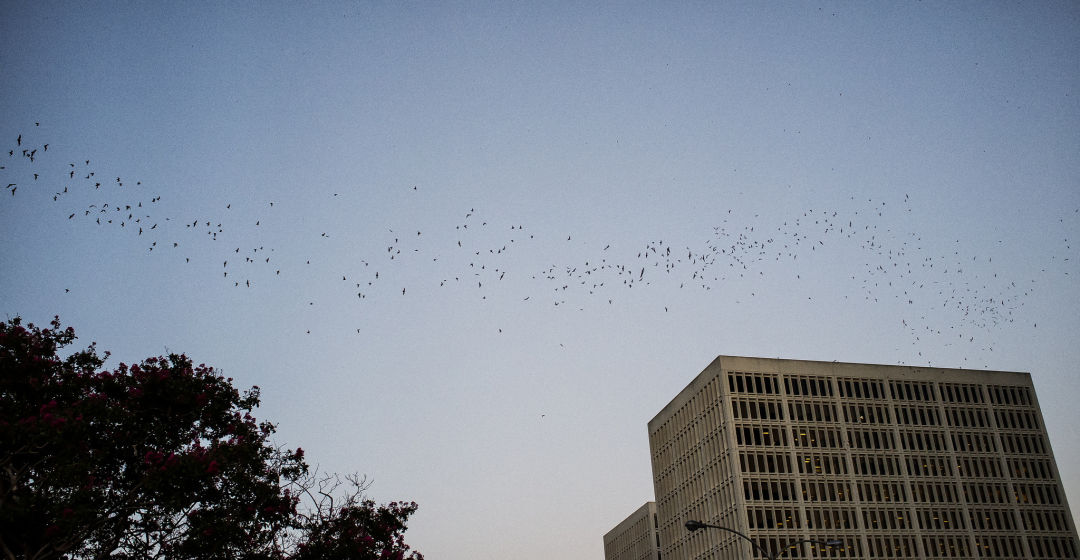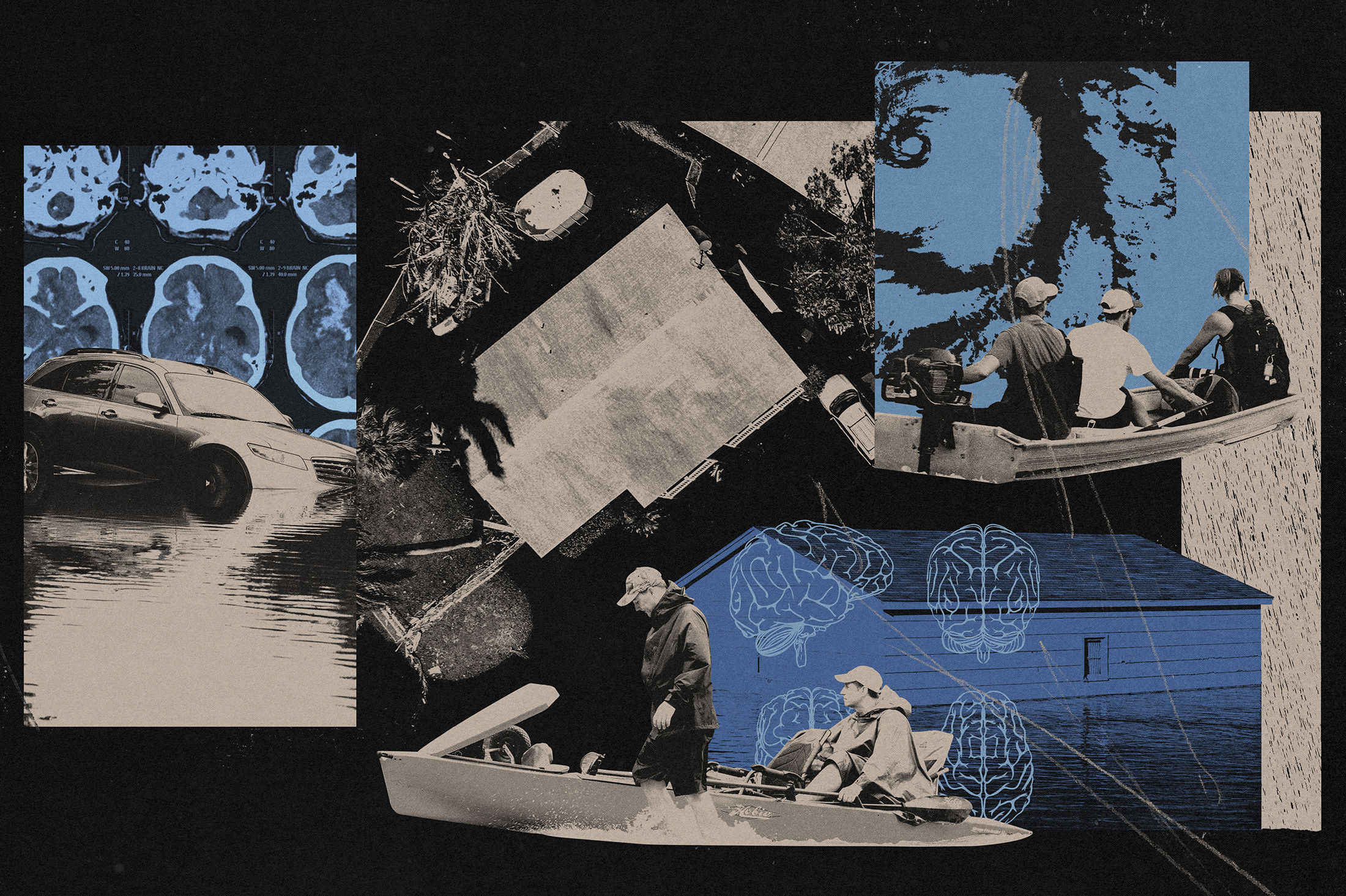How Are the Waugh Bats Doing?

Image: nigel burgher / Flickr
Head down to the Waugh Bridge at Buffalo Bayou Park, and you’ll definitely notice it. The smell. The high-pitched chirping. The obvious—our Waugh bat colony is alive up there. So, why haven’t they been coming out? Are they okay? Tell us! Houston is so obsessed with its beloved winged mammal friends, bat expert/Texas Parks & Wildlife bat team coordinator Diana Foss gets emails asking her these questions every single day.
“Everybody is very concerned,” Foss says. “Since it was cold and damp and nasty this winter, the bats were staying in the crevices more, which is normal behavior.” Like most Texans, bats go into a hibernation-like torpor when it’s cold, relying on stored body fat to survive much the way their human counterparts rely on queso. Now that it’s warmer, they're emerging, but their patterns have changed. Foss and her volunteer Bat Team (yes, you can join) are doing crevice counts using Doppler radar and cameras so they can learn more about our post-Harvey bat population.
Before the storm, an estimated 300,000 bats were living under the Waugh Bridge. The colony was (and still is) solely comprised of Mexican freetails—one of 11 species in the Houston area, the largest population of bats in Texas, and, by the way, the state’s official flying mammal.
How thousands of them ended up making a home under the Waugh Bridge in the first place is anybody’s guess. They first appeared in the 1990s, likely drawn to the bridge’s tight crevices, perfect for staying toasty-warm. These bats have just one furless pup a year, in early summer, before rearing them all together in a group. You can catch the little ones testing their wings each July, swooping out of the roost like swallowtail butterflies.
Not to re-traumatize you, but during Harvey, numerous bats perished as Buffalo Bayou rose up into the bridge. Volunteers and random people helped save some from the floodwaters, but many were trapped. Since they reside in the bridge in layers about seven deep, it’s possible that only the first few levels of bats escaped, leaving many deep in the crevices to drown.
Their fuzzy, flattened bodies keep falling out of the bridge and onto the trail along the bayou, and will continue to do so for some time. Since bats don’t want to live among the dead, the survivors have moved to new crevices in the bridge. They’ve also formed new colonies in buildings and parking garages along Allen Parkway, something businesses have either been tolerant of, or oblivious to.
Along with monitoring 20 locations where displaced freetails and other species are residing, the Bat Team is hoping to install more bat houses out of the floodplain to help form new roosts. For now, though, the only thing they know for sure is that bat behavior is different after Harvey.
On these warmer days, the bridge bats are coming out, just really late, when it’s really dark. They still fly down the bayou channel, but other, non-bridge-residing bats sometimes join in the column, including different species that reside in trees. As to whether the Mexican freetails will all return to Waugh, or if their new colonies are permanent, it remains a mystery.
“They’re smart,” Foss says. “They’ll figure it out.”




